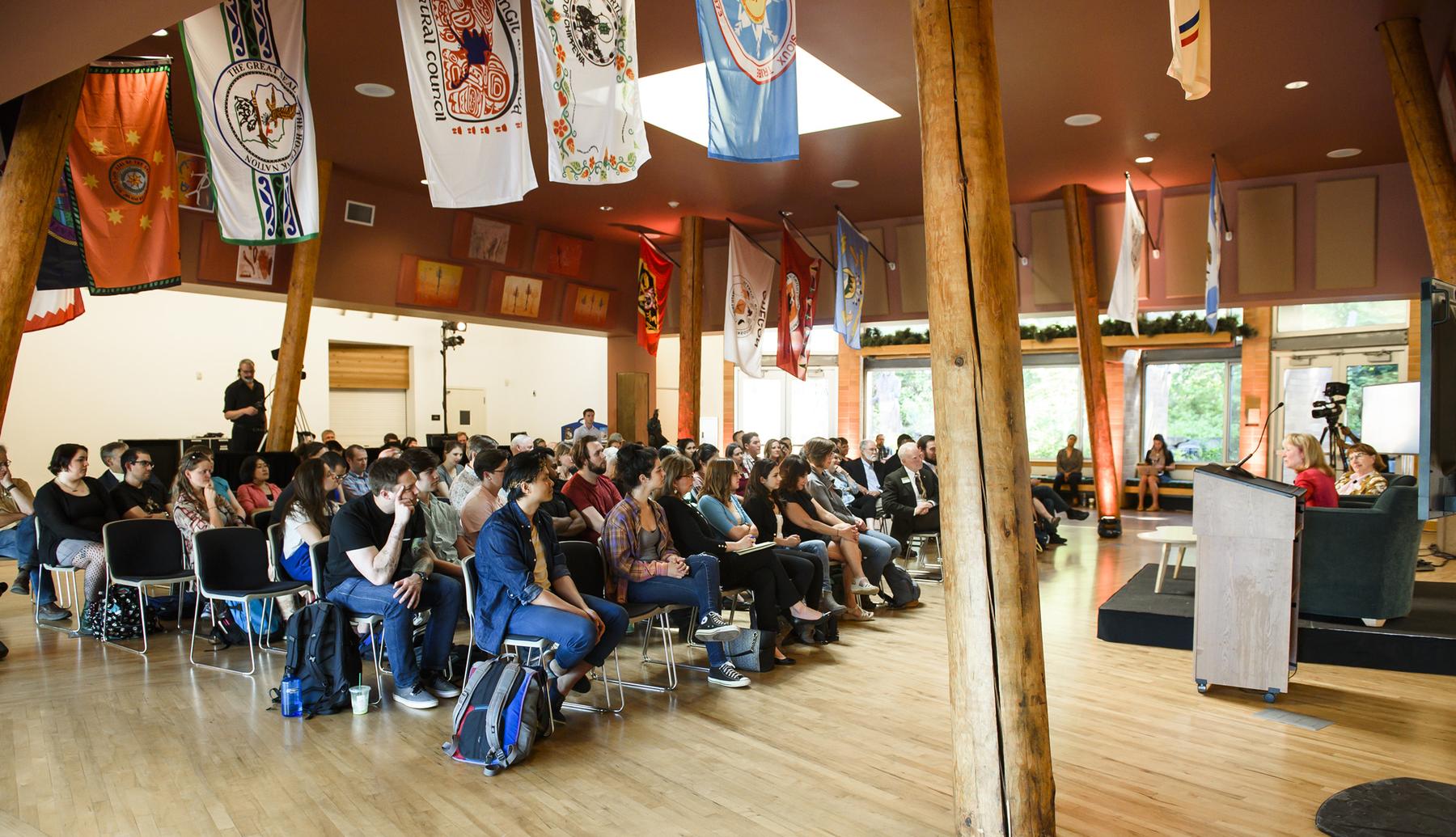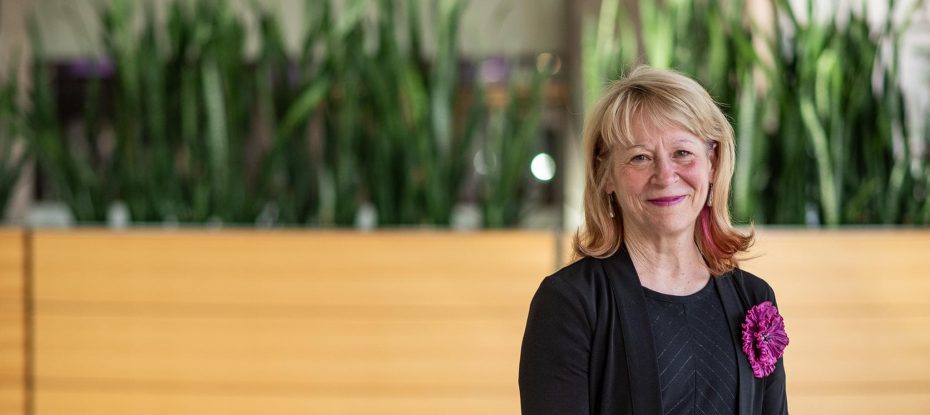Richmond gave the example of two candidates applying to a post-doctorate position with five stated job requirements and noted: “A woman feels she needs to have all five,” to apply. “But a man will apply with just one.”
Richmond identified an easy solution to this “lack of confidence” – outreach from faculty to prospective female candidates.
“Women are much more likely to apply if someone gives them a welcoming sign, that they would be welcomed in the department,” she said. When hiring for faculty positions, “we need to be much more proactive in encouraging under-represented groups to apply. It’s a talent pool that we desperately need.”
Connections and relationships are also crucial to success in the form of mentorship.
“I look at mentorship as three categories: a coach, a sponsor, a long-term mentor. You need all three. Or you need one that does all three,” she said.
“A sponsor is the one that is your advocate. They are out there cheerleading for you. They are writing letter recommendations for you,” she added. “Your coach is someone that coaches on something short-term, whether it be what course to take or writing a grant proposal or writing a paper. The mentor is more long-term.”
Richmond said the key is in the approach. “I suggest you go with the lower hanging fruit first. Say, ‘gosh, I’d really like your advice,’ on something that would fall under the coaching category. If that relationship then develops, then it can move more naturally into a mentorship,” she said.
“[Eventually,] you can say, ‘you’ve been a great mentor, do you mind if I come back again another time?’” she added. “As it develops, you can make it a little more formal over time.”
For a successful mentorship, both sides need to be on the same page, according to Richmond.
“I think it’s critically important to understand both roles. The mentor does not tell the mentee what to do — the mentor guides,” she said. “As a mentee, you need to bring the issues to the mentor so that they understand what you really want to know.”
Richmond said this could be a tricky balance. Scientists, as natural problem solvers, may struggle as guides. And students must expect to be active participants rather than “sit in the office and [expect] the mentor will pour stuff out.”
Another concern Richmond continues to hear from her female students is that having children could be detrimental to their careers.
“There was something about having a kid that changed me into somebody else [who] protected that child over anything else. So then, if somebody said something like that to me, I would just say, ‘oh, get over it.’ Because for me there was a kind of power in having a child,” Richmond said.
“I tell women you have a lot of balls in the air — but this is your crystal ball, you don’t drop it,” she said of prioritizing parenting. “Don’t let anybody tell you to put it aside. I think things are changing a bit. I think it’s slow, but I think there is much more of an appreciation, especially from the men [who] want to be fathers too. They want to help.”
Richmond said although she may not have the perfect work-life balance, daily exercise has worked as a stress reliever for managing her work and home life.
“I have always exercised for at least an hour in the morning, even when the kids were babies. It really helped ground me to do something that was strong and was for me and would help my children,” she said. “We all have to figure out [what] gives us that power and that strength to say [I’m] doing the right thing.”



